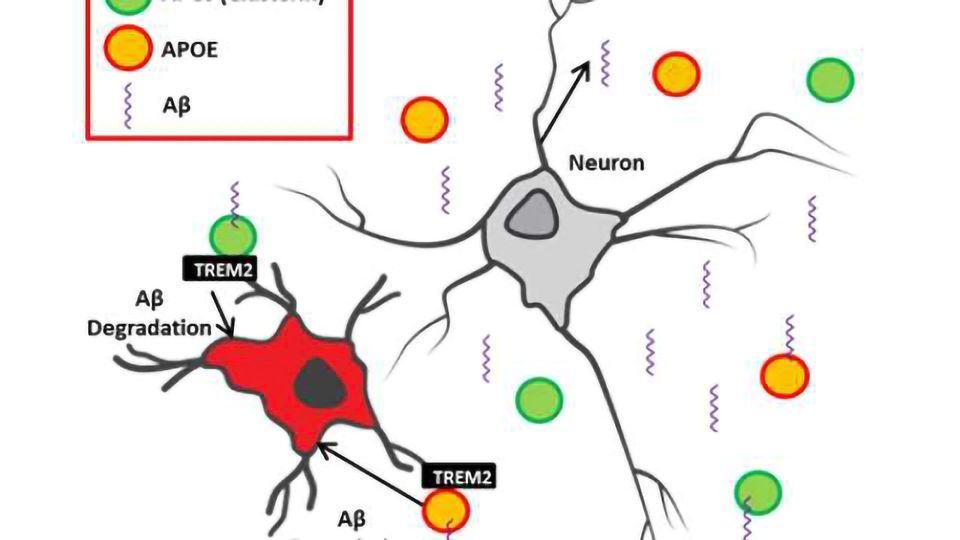The interplay between innate immunity & genetic risk factors in Alzheimer’s disease

Complete the form below to unlock access to ALL audio articles.
Genetic mutations and variants play an important role in increasing the risk of developing inherited forms of Alzheimer’s disease (AD).
A recent study has highlighted the connection between three known genetic risk factors (TREM2, APOE and APOJ) linked to AD (Yeh et al., Neuron 2016).
Trem2 is a transmembrane glycoprotein expressed on the surface of microglia, and acts as a sensor for a distinct set of lipoproteins and apolipoproteins. TREM2 was shown to interact with APOE and APOJ, which are apolipoproteins capable of binding to amyloid beta (Aβ). This interaction helps facilitate the uptake and degradation of Aβ by the microglia. Interestingly, TREM2 AD variants demonstrate reduced ability to bind Aβ-apolipoprotein complexes.
These findings underscore the involvement of the innate immune cells such as microglia in the clearance of Aβ aggregates, and their dysfunction as a predisposing risk factor for developing late onset AD.
BioLegend
Learn more about BioLegend’s highly specific antibodies for TREM2, APOE, APOJ and related proteins


